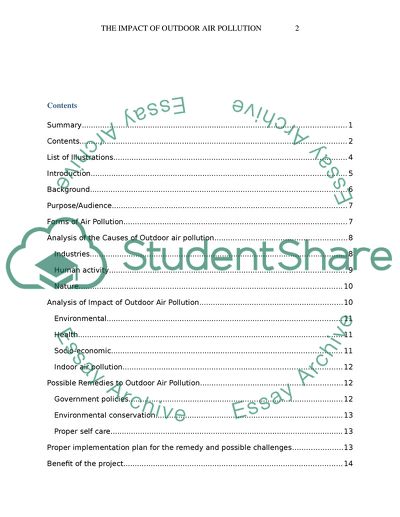Cite this document
(The Impact of Outdoor Air Pollution Assignment Example | Topics and Well Written Essays - 2750 words, n.d.)
The Impact of Outdoor Air Pollution Assignment Example | Topics and Well Written Essays - 2750 words. Retrieved from https://studentshare.org/environmental-studies/1842084-the-impact-of-outdoor-air-pollution
The Impact of Outdoor Air Pollution Assignment Example | Topics and Well Written Essays - 2750 words. Retrieved from https://studentshare.org/environmental-studies/1842084-the-impact-of-outdoor-air-pollution
(The Impact of Outdoor Air Pollution Assignment Example | Topics and Well Written Essays - 2750 Words)
The Impact of Outdoor Air Pollution Assignment Example | Topics and Well Written Essays - 2750 Words. https://studentshare.org/environmental-studies/1842084-the-impact-of-outdoor-air-pollution.
The Impact of Outdoor Air Pollution Assignment Example | Topics and Well Written Essays - 2750 Words. https://studentshare.org/environmental-studies/1842084-the-impact-of-outdoor-air-pollution.
“The Impact of Outdoor Air Pollution Assignment Example | Topics and Well Written Essays - 2750 Words”, n.d. https://studentshare.org/environmental-studies/1842084-the-impact-of-outdoor-air-pollution.


